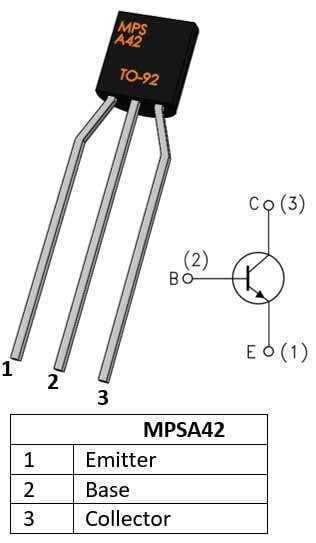
MPSA42 (NPN Transistor)
0.800BD
MPSA42 (NPN transistor) is designed to provide a reliable and efficient amplification solution for your needs. With a high-quality transistor and a durable design, this module is perfect for use in various applications, including electronics and engineering.
Choose Quantity
Product Details
Electronics and Components
Usage scenarios:
Features:
• High-quality transistor
• NPN configuration
• Amplification configuration
Usage scenarios:
• Amplifying signals
• Improving system performance
• Enhancing user experience
• Creating efficient amplification systems
